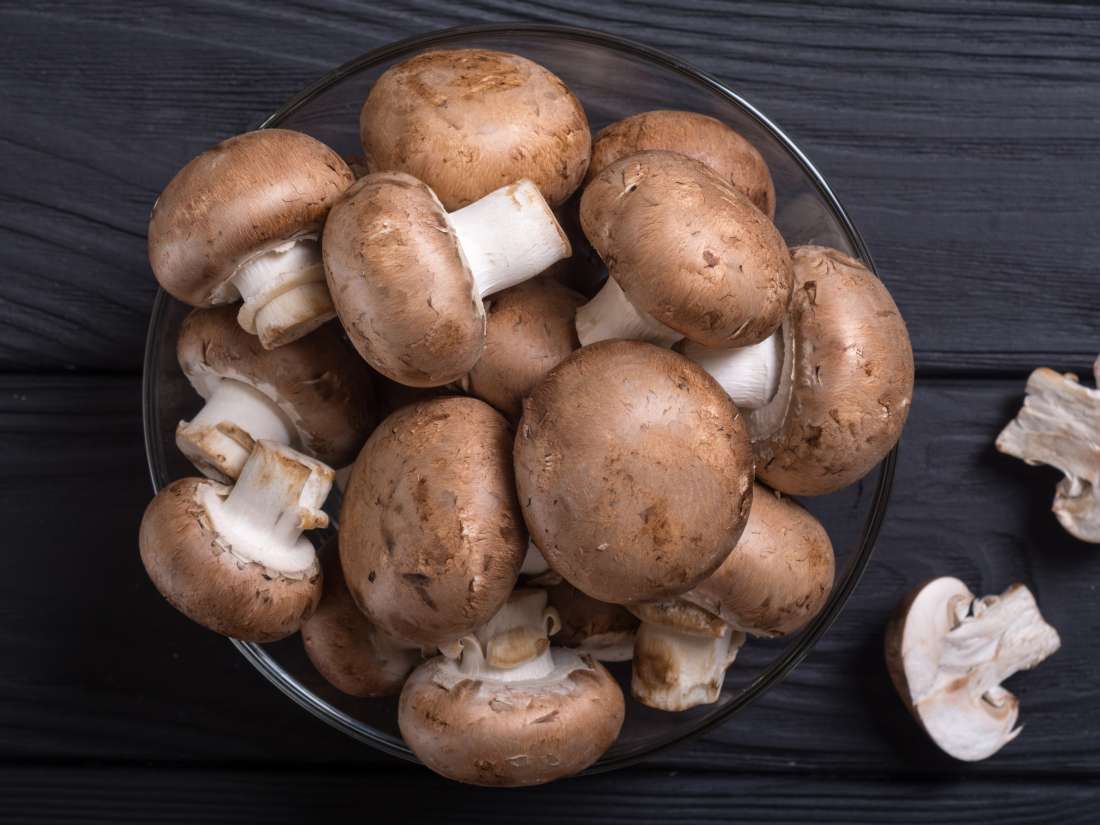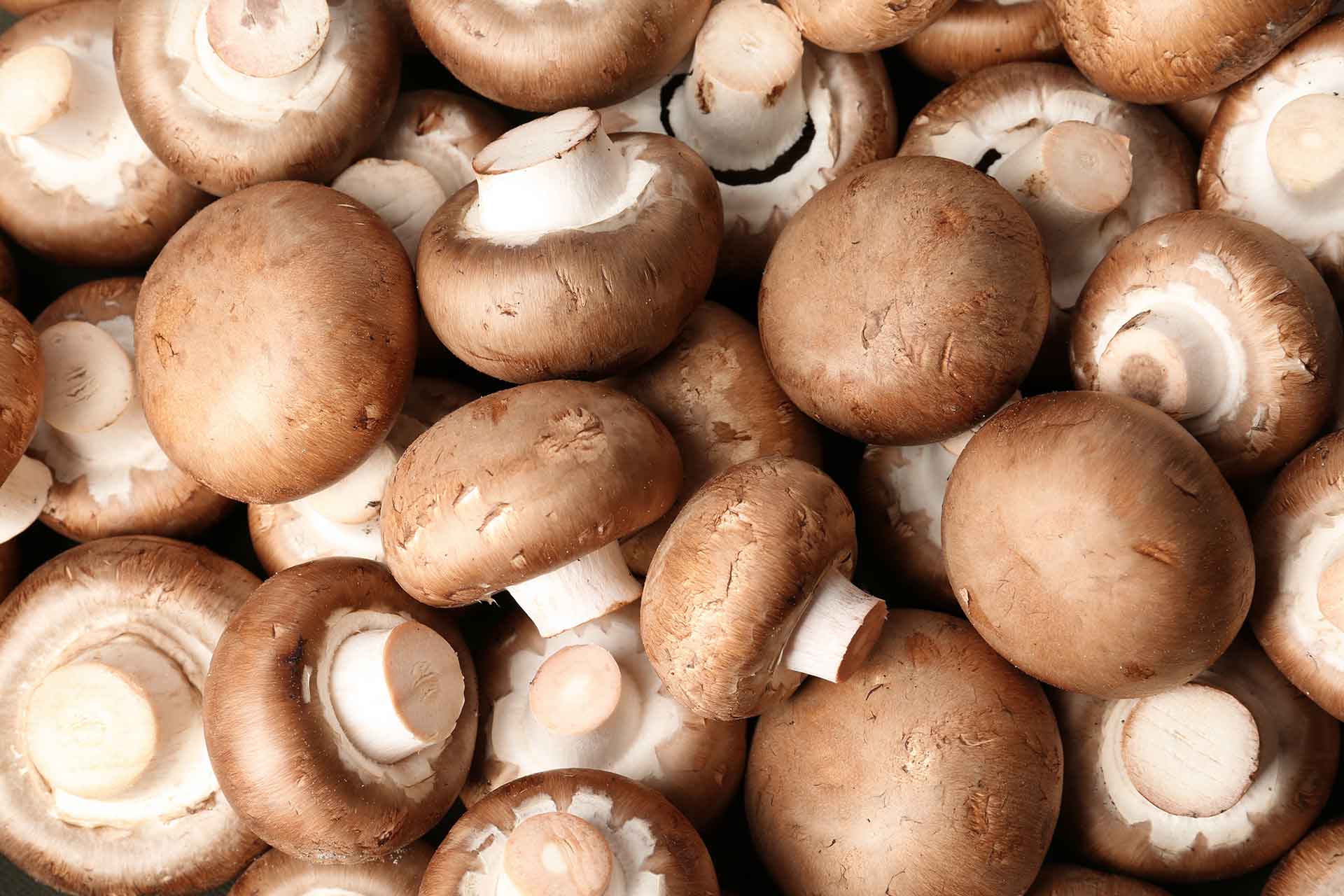Mushroom Eating Butterfly
Have you ever seen a butterfly munching on mushrooms? This may seem like an odd sight, but it's actually quite common and fascinating. Mushroom-eating butterflies are a unique species that relies on these fungi for their survival. In this blog post, we will delve deeper into the world of mushroom-eating butterflies, their target, and related keywords.
Pain Points
Butterflies that feed on mushrooms face several challenges that may reduce their lifespan. The main challenge is that not all mushrooms are edible, and some may be toxic to them. Additionally, when the weather changes, the availability of mushrooms fluctuates, making it hard for these butterflies to find a reliable food source. Lastly, pollution and habitat destruction can lead to a decline in the population of these butterflies.
Answering the Target
The target of mushroom-eating butterflies is to find a reliable food source that meets their dietary needs. These butterflies have evolved to synthesize toxins from the mushrooms, and they need specific nutrients that are only found in certain types of fungi. For example, the Blue butterfly feeds on Psilocybe mushrooms, which contain psychoactive compounds that protect the butterfly from predators. The mushroom also provides these butterflies with essential nutrients, including vitamins, minerals, and amino acids.
Summary of Main Points
In summary, mushroom-eating butterflies have unique adaptations that allow them to feed on mushrooms, but they face several challenges, including toxicity, availability, and habitat destruction. These butterflies are essential to the ecosystem, as they help pollinate flowers and aid in decomposition. To thrive, these butterflies require specific nutrients that are only found in certain types of mushrooms.
Mushroom Eating Butterfly and Its Target
Mushroom-eating butterflies have evolved over time to feed on specific types of mushrooms. These butterflies lay their eggs on the mushroom cap, and when the larvae hatch, they feed on the fungi. Personally, I have witnessed a few mushroom-eating butterflies in my backyard, and I find their behavior fascinating. These butterflies have a unique relationship with mushrooms, and they play a crucial role in maintaining the balance of their ecosystem.

Mushroom Eating Butterfly and Habitat Destruction
Habitat destruction is a major threat to mushroom-eating butterflies. As forests are destroyed, the population of these butterflies declines, and they struggle to find a suitable habitat. In my childhood, my father used to take me on hikes in the nearby forests, and we would see several butterflies feeding on mushrooms. Unfortunately, many of those forests have been destroyed due to urbanization and industrialization, and I fear that these unique butterflies will disappear if we continue to destroy their habitats.

Mushroom Eating Butterfly and Environmental Impact
Mushroom-eating butterflies have a significant environmental impact. They help pollinate flowers and are crucial to the decomposition of organic matter. As they feed on the mushrooms, they excrete the spores, helping to disperse them in the environment. Additionally, some species of these butterflies feed on toxic mushrooms, making them immune to the toxins, but also helping to control the population of these fungi.
Mushroom Eating Butterfly and Its Importance
Mushroom-eating butterflies are an important part of the ecosystem, and we must take steps to protect them. One way to do this is by preserving their habitats and reducing pollution. Additionally, we can educate people on the importance of these butterflies and the role that they play in maintaining the environment.
Question and Answer
Q: What do mushroom-eating butterflies feed on?
A: Mushroom-eating butterflies feed on specific types of mushrooms that provide them with essential nutrients. Q: Are all mushrooms edible for mushroom-eating butterflies?
A: No, not all mushrooms are edible for mushroom-eating butterflies. Some may be toxic and dangerous to their health. Q: What is the role of mushroom-eating butterflies in the ecosystem?
A: These butterflies help pollinate flowers and aid in the decomposition of organic matter. Q: How can we protect mushroom-eating butterflies?
A: We can protect mushroom-eating butterflies by preserving their habitats and reducing pollution, as well as educating people about their importance.
Conclusion
Overall, mushroom-eating butterflies are a unique and important part of our ecosystem. Their relationship with mushrooms is fascinating, and we must take steps to protect them and their habitats. By doing so, we can ensure that these butterflies continue to thrive and play a crucial role in maintaining the environment.
Gallery
Free Images : Mushrooms, Vegetables, Fresh, Nature, Food, Champignon

Photo Credit by: bing.com / mushroom mushrooms champignon edible vegetables food fresh nature agaricus festival benefits health matsutake agaricomycetes agaricaceae bolete eryngii ingredient fungus pleurotus
Mushrooms: Nutritional Value And Health Benefits

Photo Credit by: bing.com / mushrooms nutritional value benefits health
About Wild Animals: Butterfly On A Mushroom Capture | Stuffed Mushrooms

Photo Credit by: bing.com / mushroom aboutwildanimals
Rising Interest In Growing Mushrooms At Home - FoodPrint

Photo Credit by: bing.com / foodprint
Eat More Mushrooms If You Want To Avoid Dementia

Photo Credit by: bing.com / mushroom champignons dementia fungi lebensmittelklarheit